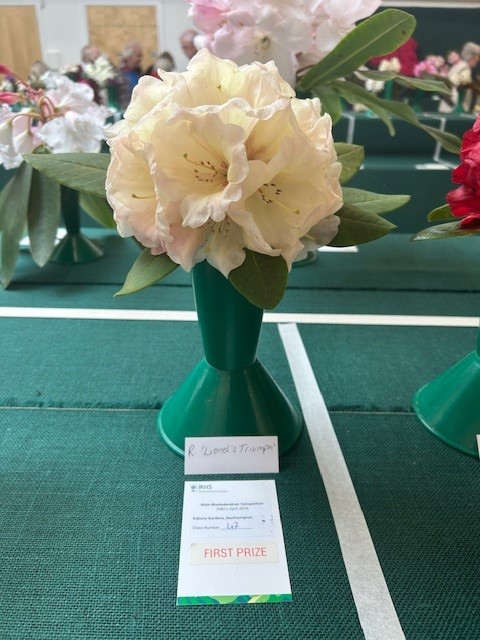
Exbury rhododendrons win at RHS Rosemoor
22nd Apr 2024Our garden team attended the Rhododendron show at RHS Rosemoor over the weekend and Exbury Gardens won the Crosfield Challenge Cup for the best three hybrids of different parentage bred and raised in the garden of the exhibitior (RHS).


